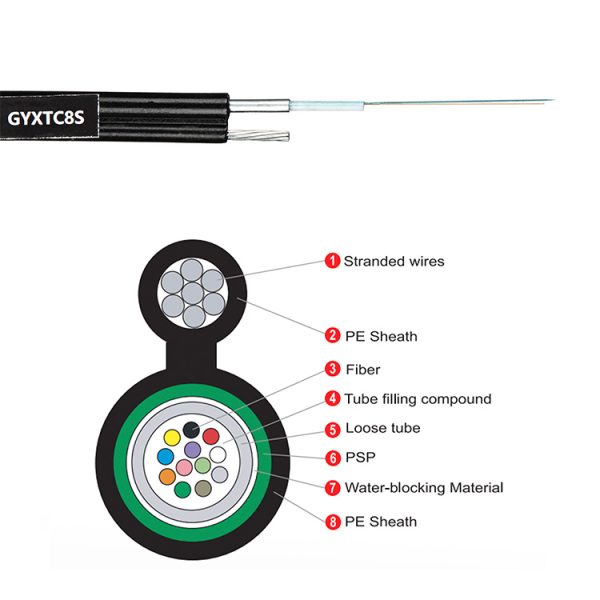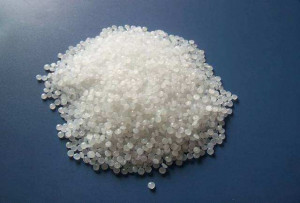Definition of HDPE
HDPE is the acronym most often used to refer to high density polyethylene. We also speak of PE, LDPE or PE-HD plates. Polyethylene is a thermoplastic material that is part of the family of plastics.

There are different types of polyethylenes. These differences are explained by the manufacturing process which will differ. We are talking about polyethylene:
• low density (LDPE)
• high density (HDPE)
• medium density (PEMD).
In addition, there are still other types of polyethylene: chlorinated (PE-C), with a very high molecular weight.
All of these abbreviations and types of materials are standardized under the aegis of standard NF EN ISO 1043-1
HDPE is precisely the result of a high density process: High Density Polyethylene. With it, we can make children’s toys, plastic bags, as well as pipes used to transport water!

HDPE plastic is produced from petroleum synthesis. For its manufacture, HDPE involves different steps:
• distillation
• steam cracking
• polymerization
• granulation
After this transformation, the product is milky white, translucent. It is then very easy to shape or color.
HDPE use cases in industry
Thanks to its qualities and advantages, HDPE is used in many areas of industry.
It is found everywhere around us in our daily lives. Here are some examples:
Manufacture of plastic bottles and plastic packaging
HDPE is well known in the food industry, especially for the manufacture of plastic bottles.
It is an excellent container for food or drinks or for creating bottle caps. There is no risk of breakage as there can be with glass.
In addition, HDPE plastic packaging has the enormous advantage of being recyclable.
Beyond the food industry, HDPE is found in other parts of industry in general:
• to make toys,
• plastic protections for notebooks,
• storage boxes
• in the manufacture of canoes-kayaks
• creation of beacon buoys
• and many others !
HDPE in the chemical and pharmaceutical industry
The chemical and pharmaceutical industries use HDPE because it has chemically resistant properties. It is said to be chemically inert.
Thus, it will serve as a container:
• for shampoos
• household products to be used with care
•washing
• engine oil
It is also used to create medicine bottles.
In addition, we see that bottles designed in polypropylene are even more powerful in their preservation of products when they are colored or pigmented.
HDPE for the construction industry and the conduct of fluids
Finally, one of the other areas that massively uses HDPE is the field of piping and the construction sector more generally.
Sanitation or construction professionals use it to build and install pipes that will be used to conduct fluids (water, gas).
Since the 1950s, HDPE pipe has replaced lead piping. Lead piping was gradually banned due to its toxicity to drinking water.
High-density polyethylene (HDPE) pipe, on the other hand, is a pipe that makes it possible to ensure the distribution of drinking water: it is one of the most used pipes for this drinking water supply function.
HDPE offers the advantage of resisting water temperature variations in the pipe, unlike LDPE (low definition polyethylene). To distribute hot water at more than 60°, we will rather turn to PERT pipes (polyethylene resistant to temperature).
HDPE also makes it possible to transport gas by tube, to create ducts or ventilation elements in the building.
The advantages and disadvantages of using HDPE on industrial sites
Why is HDPE so easily used on industrial piping sites? And on the contrary, what would be its negative points?
The advantages of HDPE as a material
HDPE is a material that has several advantageous properties that justify its use in industry or the conduct of fluids in piping.
HDPE is an inexpensive material for exemplary quality. It is particularly very solid (unbreakable) while remaining light.
It can withstand different temperature levels depending on its manufacturing process (low and high temperatures: from -30 °C to +100 °C) and finally it is resistant to most of the solvent acids that it may contain without being damaged. sag or transform.
Let’s detail some of its advantages:
HDPE: an easily modular material
Thanks to the manufacturing process that creates HDPE, HDPE is resistant to very high temperatures.
During the manufacturing process, when it reaches the melting point, the material can then take on a special shape and adapt to the needs of manufacturers: whether to create bottles for household products or supply pipes for water that will withstand very high temperatures.
This is why PE pipes are resistant to corrosion and stable against many chemical reactions.
HDPE is highly resistant and waterproof
Another advantage and not the least, HDPE is very resistant!
• HDPE resists corrosion: thus pipes that transport aggressive fluids will not be subject to “corrosion”. There will be no change in pipe thickness or quality of fittings over time.
• Resistance to aggressive soils: in the same way, if the soil is acid and a pipeline is buried, its shape is not likely to be modified
• HDPE is also extremely resistant to external shocks that may occur: the energy transmitted during a shock will then cause the deformation of the part rather than its deterioration. Similarly, the risk of water hammer is considerably reduced with HDPE
HDPE pipes are impermeable: whether to water or to air as well. It is the NF EN 1610 standard which allows for example to test the tightness of a tube.
Finally, when colored black, HDPE can withstand U.V.
HDPE is light but strong
For industrial piping sites, the lightness of HDPE is an undeniable advantage: HDPE pipes are easy to transport, move or store.
For example, Polypropylene, one meter of pipe with a diameter of less than 300 weighs:
• 5 kg in HDPE
• 66 kg in cast iron
• 150 kg concrete
In fact, for handling in general, the installation of HDPE pipes is simplified and requires lighter equipment.
The HDPE pipe is also resistant, because it lasts over time since its lifespan can be very long (especially HDPE 100).
This lifespan of the pipe will depend on various factors: the size, the internal pressure or the temperature of the fluid inside. We are talking about 50 to 100 years of longevity.
The disadvantages of using high density polyethylene on a construction site
On the contrary, the disadvantages of using HDPE pipe also exist.
We can cite for example:
• the installation conditions during a construction site must be meticulous: rough handling could be fatal
• it is not possible to use gluing or screwing to connect two HDPE pipes
• there is a risk of ovalization of the pipes when joining two pipes
• HDPE absorbs sound more than other materials (such as cast iron), which is more complicated to detect
• and thus monitor leaks. Very expensive processes are then used to monitor the network (hydrophone methods)
• thermal expansion is important with HDPE: a pipe may deform depending on the temperature
• it is important to respect the maximum operating temperatures according to the qualities of the HDPE
Post time: Sep-11-2022

